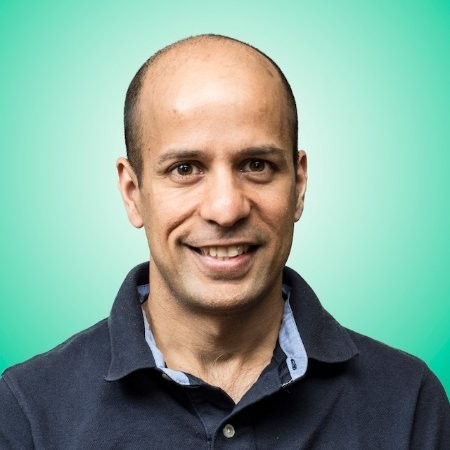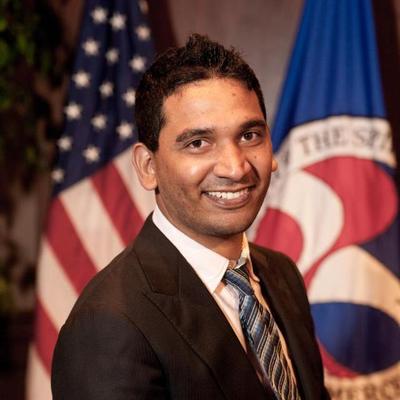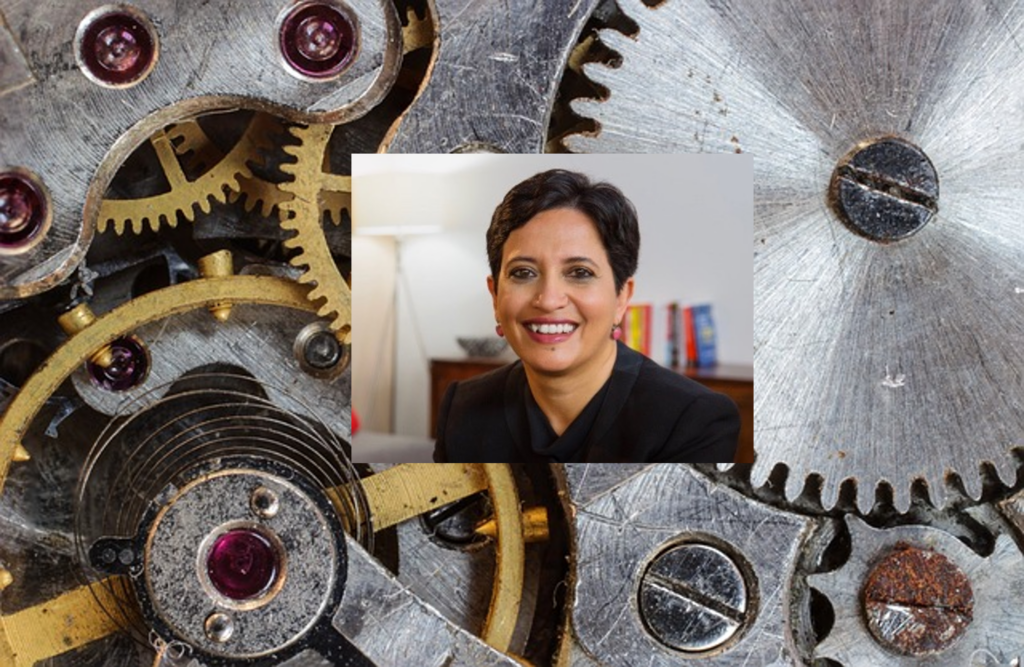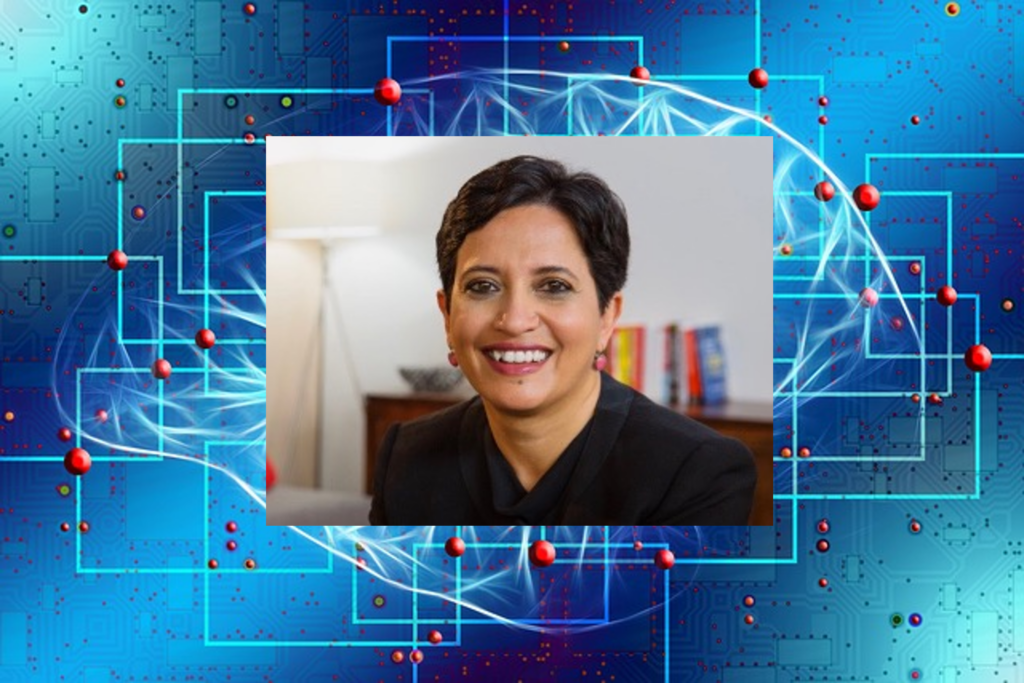Artificial Intelligence
Building an AI Unicorn: Glean CEO Arvind Jain (Part 2)
Sramana Mitra: This problem has been identified a long time ago. People have tried to build such enterprise knowledge management companies before. I’ve seen many of these attempts. Mostly they’ve failed. While these attempts were made and failing, there was an explosion of digital tools and data. All this was happening in parallel.
In 2019, the enterprise world is more data-rich. There’s more to draw from. AI has become mainstream by this time. What is it in your approach that is different in 2019?
>>>Building an AI Unicorn: Glean CEO Arvind Jain (Part 1)

Arvind is an experienced entrepreneur who was able to raise $15M on a concept to solve a big problem. Since then, Glean has been abundantly funded, generates abundant revenue and has become a legitimate Unicorn.
Sramana Mitra: Let’s start at the very beginning of your journey. Where are you from? Where were you born and raised? What kind of background?
>>>Bootstrapping an AI-Powered Security Startup to $10M+ in Revenue: Osprey Security CEO Rohit Anabheri (Part 1)

Rohit has effectively used the Bootstrapping Using Services technique to bootstrap an AI-Powered Enterprise Security venture to mid eight figure revenues. In that process, he has turned down offers for Venture Capital. I believe, in Artificial Intelligence and Machine Learning, currently, Bootstrapping Using Services is one of the best ways to find problems to solve and build successful companies.
>>>1Mby1M Udemy Courses with Sramana Mitra: Regional

At 1Mby1M, we welcome entrepreneurs from all over the world and our courses include case studies of entrepreneurs across different regions.
>>>1Mby1M Udemy Courses with Sramana Mitra: Domain Knowledge

At 1Mby1M, we believe in learning from case studies of successful entrepreneurs. These case studies involve discussions on opportunities and challenges specific to the domain such as Generative AI, E-Commerce, Digital Health, Cyber Security, and FinTech.
>>>Startup Ecosystem in Kolkata: New Technologies Bring New Opportunities

Join us on Thursday, July 20, at 8:30 p.m. IST / 8 a.m. PDT for a special roundtable program: Brainstorming on Eastern India Startup Development. Come share your perspective, sign up to Speak and we will accommodate as many as possible with a few minutes to talk, register here. In case you missed it, you can listen to the recording of this roundtable here.
I am sure many entrepreneurs are chomping at the bits to get a Generative AI startup going.
And, you are reading about hundreds of millions of dollars in VC funding being splashed on this quest.
Well, I want you to think differently.
>>>Building a Generative AI Startup to $10M+ with a Virtual Team: Chris Lu, CEO of Copy.ai (Part 5)
Sramana Mitra: Series A is the last financing round?
Chris Lu: That’s been our last financing.
Sramana Mitra: Talk about your virtual team. You’ve chosen to move to Houston and build a virtual team.
>>>Building a Generative AI Startup to $10M+ with a Virtual Team: Chris Lu, CEO of Copy.ai (Part 4)
Sramana Mitra: In terms of function, it was still operating as a UI to OpenAI.
Chris Lu: Right. The early models were not as easy to use compared to the models today. There was still a good amount of work required to get good results.
Sramana Mitra: With the timing of the development of OpenAI and ChatGPT, you were coming in to a window where all of that wasn’t developed and you were offering usability.
>>>